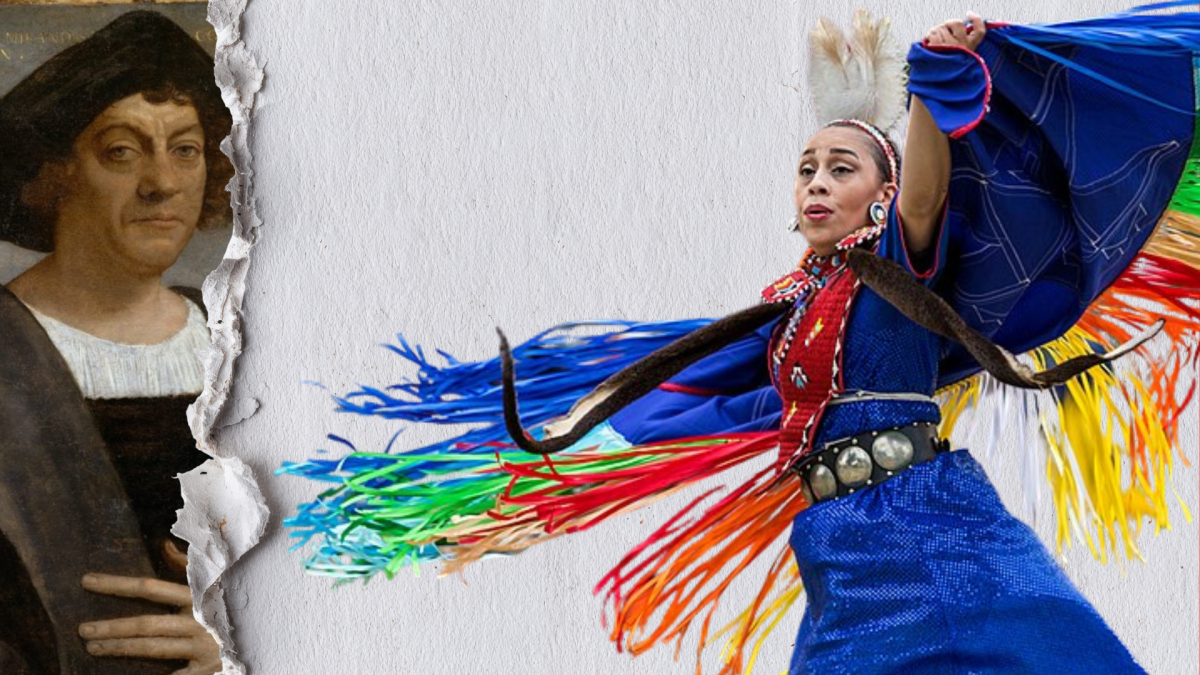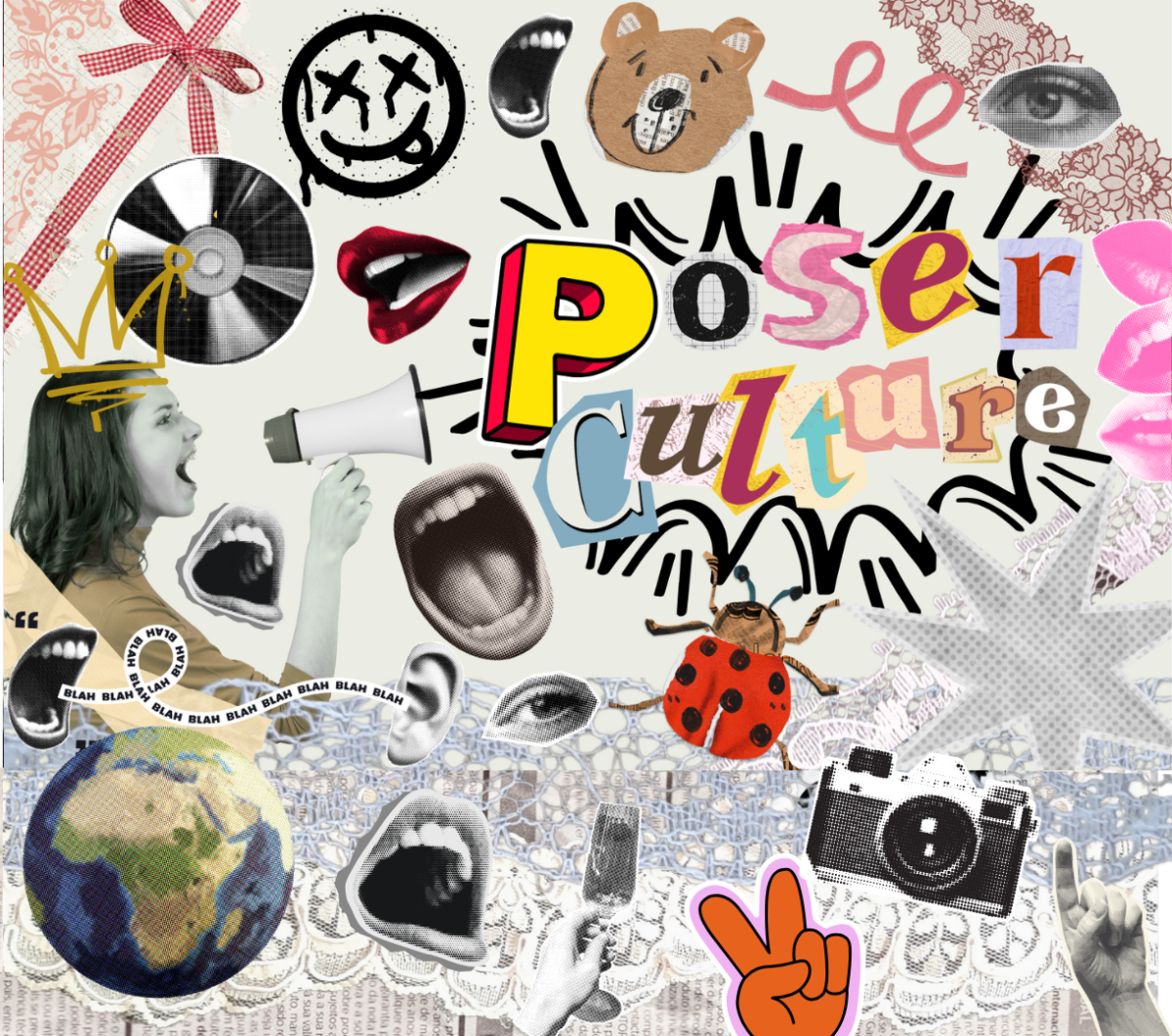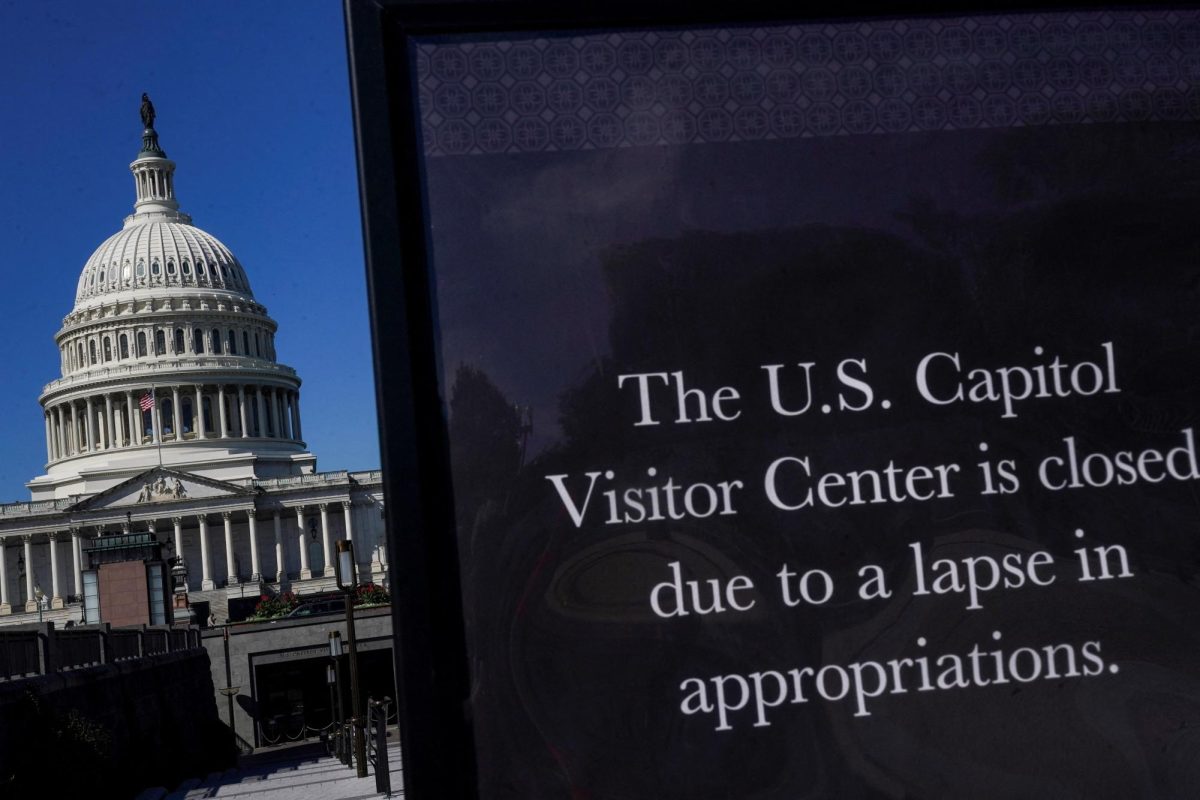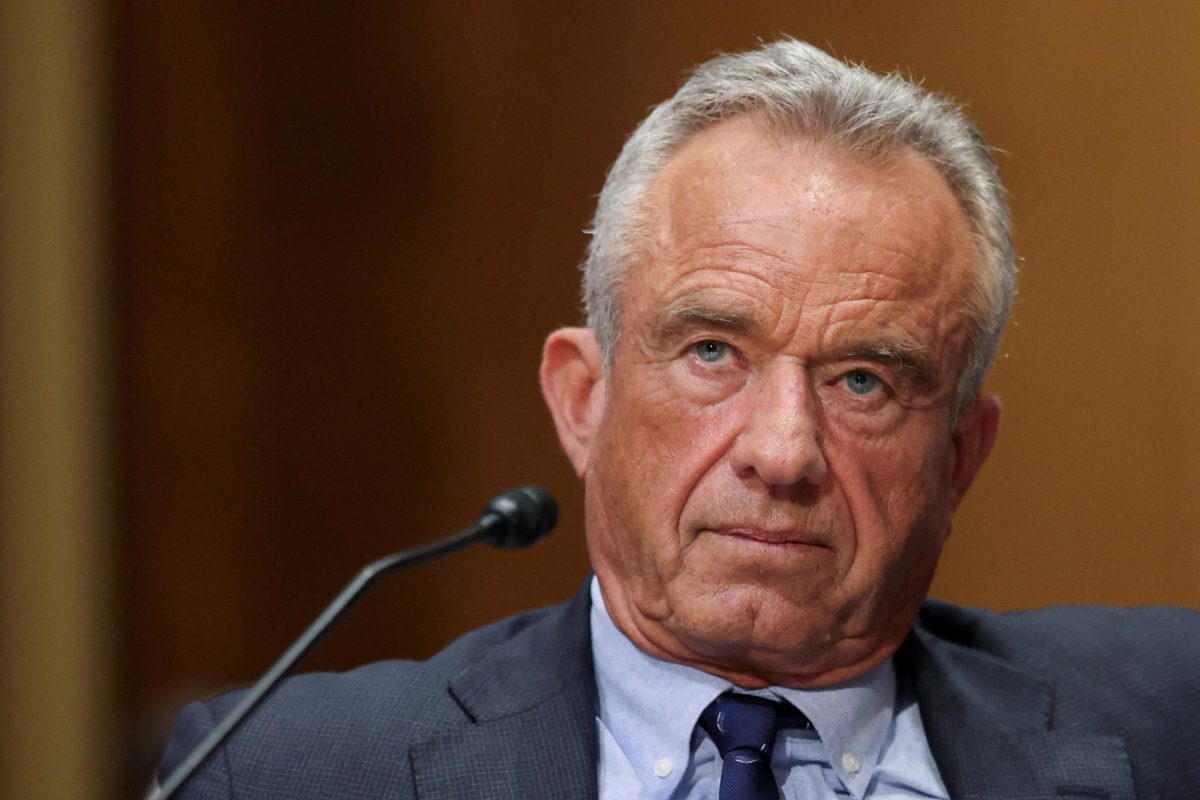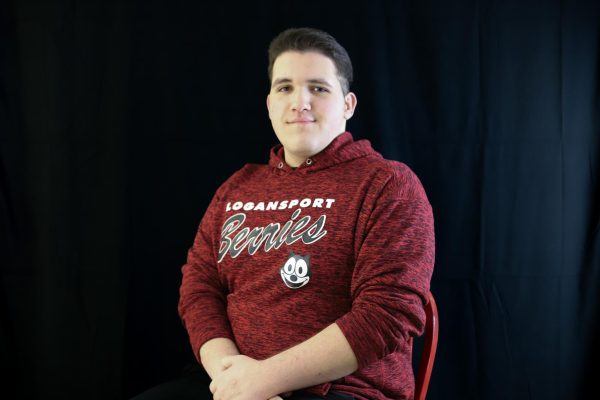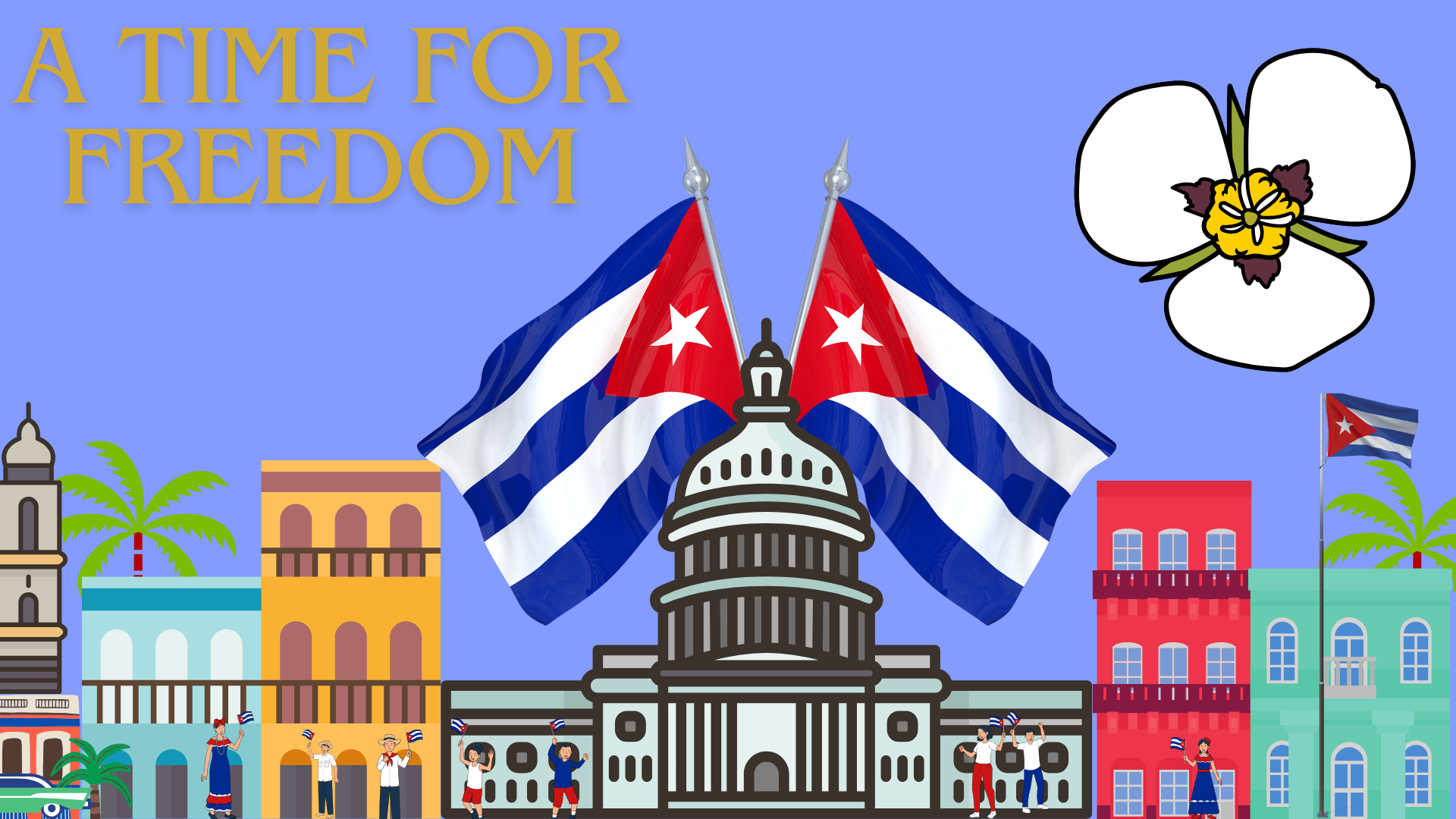
Ever since the first permanent Spanish settlement in 1511, Cuba has never been able to truly govern itself. After many years of fighting Spain, The United States of America helped Cuba drive Spain out in 1898. However, instead of leaving, they occupied Cuba until the Republic of Cuba was installed on May 19th, 1902. The United States “relinquished” its occupation, but claimed the right to continue to intervene.
“I’ll say that American intervention in Cuba was motivated by imperialist ambitions of the time,” World History Teacher Jordan Rhodes said, “It wasn’t so much “helping” Cuba as it was seeking to force them into a hegemonic dependency status under the United States, as opposed to Spain at the time.”
In 1933, the American Government backed a military coup led by Fluegencio Batista

in the ongoing election in Cuba; a peaceful transition of power. During this time former President Carlos Prio Socarras was deposed by Batista. He then abandoned the Cuban constitution and halted elections, continuing his corrupt rule to favor American interests along with Cuban aristocrats, leaving the poor destitute.
“I will go as far as to admit I do believe it is never a nation-state’s right to intervene with another nation-state’s right to self-determination,” Rhodes said. “That right is reserved for a globalist apparatus, such as the United Nations, as a formal, legal coalition.”
Things get worse as Cuba becomes a vacation destination rather than an independent country. Many U.S corporations find themselves thriving under the Batista regime because of the welcoming of crime figures starting illegal businesses.
“It appears that both parties were in some corrupt business to support the needs of both the Cubans and Americans,” Spanish and French teacher Shane Lefaure said.
In 1959, after six years of Guerrilla Warfare by none other than Fidel Castro and his associates, Cuba finally triumphed over the horrible dictatorship of Batista. Batista fled Cuba on New Year’s Eve in 1958 and America recognized Cuba’s new government a week later. With the new Fidel Castro as the “prime minister.”

“The Cuban Revolution was made out of desperation to remove the oppression of the Batista regime and to quell the influence of American imperialist power in the nation of Cuba,” Rhodes said. “It is the right of a people to determine their own form of government. As by the nature of power dynamics, if the people reject power, it ceases to exist, and I believe all people have the right to determine that for themselves. As for how the revolution transpired and the end result of the struggle, I will abstain from sharing too much of my political opinion. I will say extremism is problematic in all cases, and the result of the revolution may have tread too far into the realm of extremism.”
Soon enough America severed ties with Cuba’s new regime and imposed a partial trade embargo. This forces Cuba to look for a new partner. In 1961, Fidel Castro with the help of the Soviet Union, declared Cuba a socialist state. The famous quote from Che Guevera, “Patria o muerte”, which means Patriotism or death, became the new motto for the state. Many protesters in modern times refuse and say, “Patria y Vida”, which means patriotism and life.
Cuba soon became a puppet for the Soviet Union, especially during the Cuban Missile Crisis. This was one of the closest times America and another country had gotten to Nuclear Warfare. The Soviets end up removing the missiles in Cuba, in exchange for America removing theirs in Turkey.
“The Cuban Missile Crisis was possible ignorance, greed, and amongst many other ideologies that leaders had during that time,” Lefaure said.
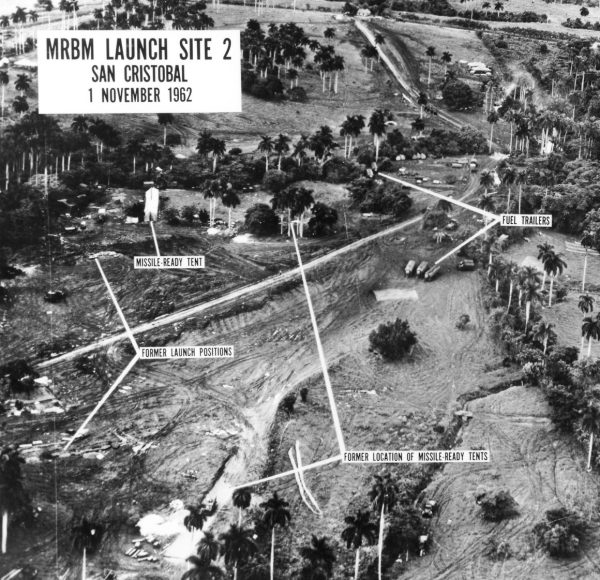
After The Soviet Union ended, Cuba lost the funding it received, which according to the CIA was up to 500 million dollars a year. Before The Soviet Union was dismantled, with their support the Cuban Revolution flourished and brought a new era to Cuba. This was short-lived when funding halted and Cuba became worse than ever.
This period was called the Special Period and left Cuba in shambles.
Moving further the Cuban chaos begins to thaw and we see a glimpse of hope. 2009-20013 President Barack Obama lifts limits on remittances and U.S. restrictions on family travel along with U.S. travel to Cuba for educational or cultural purposes. In 2015 new embassies were established allowing the U.S. to have diplomatic ties with Cuba.
In 2016, Obama traveled to Havana, making him the first sitting president to travel to Cuba since 1928. Commercial flights resumed the first between the two countries since 1962.
“Obama obviously had a reason that we don’t know about,” Lefaure said. “It was wrong to have people starving and suffering”
Even though there were a lot of advancements there were also a lot of restrictions. Former president Donald Trump reversed some of Obama’s initiatives, restricting individual people-to-people travel, and prohibiting U.S. business transactions with Cuban institutions run by the military. Trump bans most commercial flights and cruise ships traveling to Cuba.
In 2021 when Trump was leaving office, he reinstated Cuba to the U.S State Department’s list of state sponsors of terrorism, a move Obama had reversed as of his thaw on Cuban relations.
“Trump probably reversed these just to be on the contrary,” Lefaure said, “Unfortunately this is how Trump plays. My question is has it really helped the Cuban people? Not that I can see.”
Cuba has had a long history of colonization and oppression. Many people are wanting a change.
The future of Cuba is uncertain and unknown, but one thing is for sure: blood is boiling.


